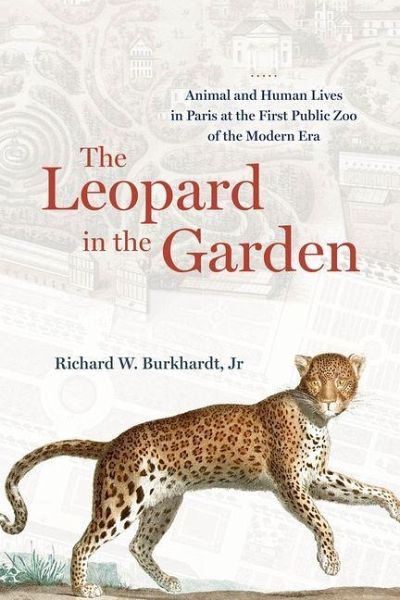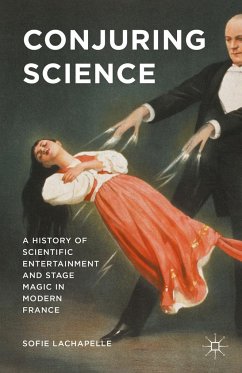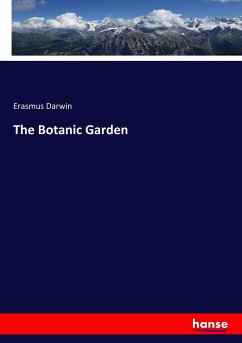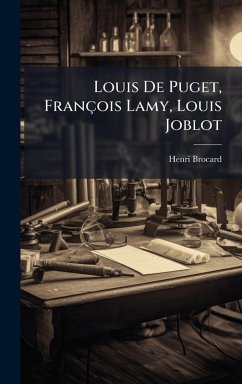
The Leopard in the Garden
Animal and Human Lives in Paris at the First Public Zoo of the Modern Era
Versandkostenfrei!
Erscheint vorauss. 2. April 2026
52,99 €
inkl. MwSt.

PAYBACK Punkte
26 °P sammeln!
An authoritative history of the first metropolitan zoo explores how visions for the menagerie collided with the interests of humans and animals alike. The Paris menagerie at the Paris Museum of Natural History has a special significance in the history of zoos. Founded in 1793-1794 at the height of the French Revolution, it was the model for the other great zoos of the nineteenth century that followed, beginning with London in 1827, Amsterdam in 1838, and Berlin in 1844. Richard W. Burkhardt Jr. has written the definitive history of the Paris zoo and its early inhabitants, human and nonhuman. T...
An authoritative history of the first metropolitan zoo explores how visions for the menagerie collided with the interests of humans and animals alike. The Paris menagerie at the Paris Museum of Natural History has a special significance in the history of zoos. Founded in 1793-1794 at the height of the French Revolution, it was the model for the other great zoos of the nineteenth century that followed, beginning with London in 1827, Amsterdam in 1838, and Berlin in 1844. Richard W. Burkhardt Jr. has written the definitive history of the Paris zoo and its early inhabitants, human and nonhuman. The book features narrative or thematic chapters interwoven with chapters focused on particular animals. Combining current scholarship with fresh discoveries gleaned from his immersion in the Paris Zoo's extensive archive, Burkhardt shares historical treasures that illuminate not only the workings of the menagerie but also various dimensions of the golden age of French zoology (the years of Jean-Baptiste Lamarck, Geoffroy Saint-Hilaire, and Georges Cuvier). His history reconstructs the diverse sources of specimens, the growth of the collection over time, the efforts to make the menagerie scientifically significant, contemporary attitudes toward animals, and the lives of the animals themselves in colonial and diplomatic contexts.












